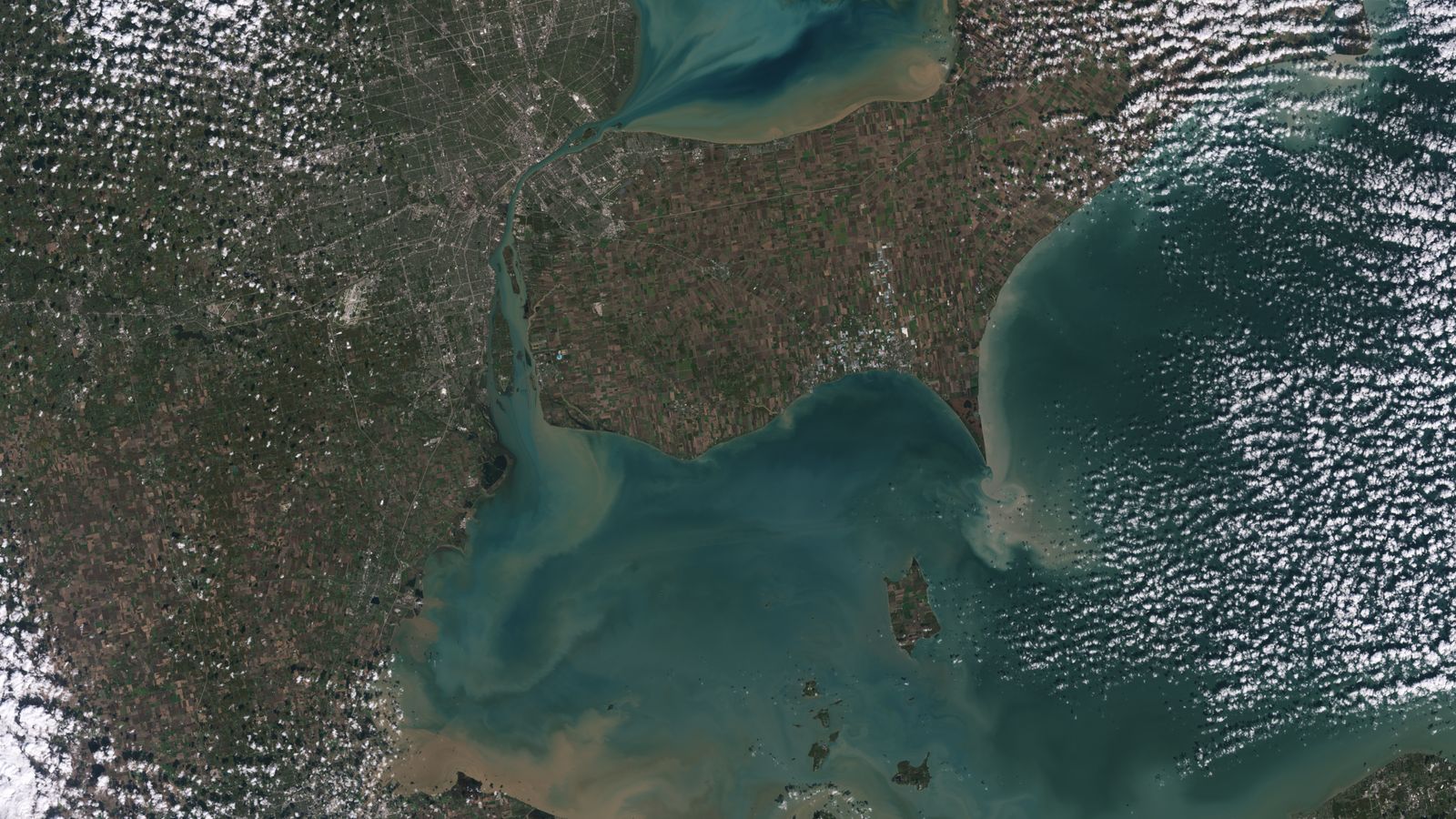NASA has released the first images of Earth taken by the Landsat 9 mission which is designed to capture high-resolution snapshots of the planet to help track climate change.
The pictures, taken from an altitude of 705km, were all snapped on 31 October by the joint mission between NASA and the US Geological Survey.
According to the space agency, they “provide a preview of how the mission will help people manage vital natural resources and understand the impacts of climate change”.
The Landsat programme is longest-running satellite imagery mission in existence, and began with the launch of Landsat 1 in 1972.
The most recent launch, Landsat 9, took place this September, riding into orbit on the back of a powerful Atlas V rocket – and its first pictures have now been published.
Elon Musk ‘prepared to accept either outcome’ after Twitter poll tells him to sell 10% of Tesla stock
Jeff Bezos’s Blue Origin loses legal fight to take part in NASA moon landings
Beautiful web experiences are coming at a cost to the planet
“Landsat 9’s first images capture critical observations about our changing planet and will advance this joint mission of NASA and the US Geological Survey that provides critical data about Earth’s landscapes and coastlines seen from space,” said NASA administrator Bill Nelson.
“This program has the proven power to not only improve lives but also save lives,” Mr Nelson added.
“NASA will continue to work with USGS to strengthen and improve accessibility to Landsat data so decision makers in America – and around the world – better understand the devastation of the climate crisis, manage agricultural practices, preserve precious resources and respond more effectively to natural disasters.”
The images show locations from around the US and world, including Detroit in Michigan beside Lake St Clair, the intersection of cities on the changing Florida coastline, and images from Navajo Country in Arizona “that will add to the wealth of data helping us monitor crop health and manage irrigation water”.
Alongside these domestic pictures, Landsat 9 has snapped the changing landscapes of the Himalayas in High Mountain Asia and the coastal islands and shorelines of Northern Australia.
“First light is a big milestone for Landsat users – it’s the first chance to really see the kind of quality that Landsat 9 provides. And they look fantastic,” said Jeff Masek NASA’s Landsat 9 project scientist at Goddard Space Flight Center.
“When we have Landsat 9 operating in coordination with Landsat 8, it’s going to be this wealth of data, allowing us to monitor changes to our home planet every eight days,” Mr Masek added.
“The data and images from Landsat 9 are expanding our capability to see how Earth has changed over decades,” said Karen St. Germain, Earth Science Division director at NASA Headquarters in Washington.
“In a changing climate, continuous and free access to Landsat data, and the other data in NASA’s Earth observing fleet, helps data users, including city planners, farmers and scientists, plan for the future.”






















